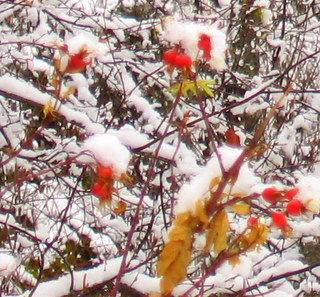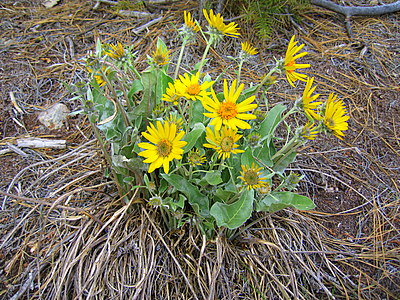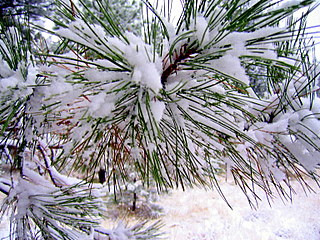 I’m interested in foraging for my own food because I don’t think we can ever be free or even adults as long as we have to ask someone else to supply us with food. I don’t want to grow my own food so much as I want to find wild food growing around me that is edible. To be able to forage for my own food seems like taking a step away from this man made and contrived world where everyone, no matter how little substance they get from it, feel that they have a vested intrest in seeing it continue, and taking a step towards a life of my own creation.
I’m interested in foraging for my own food because I don’t think we can ever be free or even adults as long as we have to ask someone else to supply us with food. I don’t want to grow my own food so much as I want to find wild food growing around me that is edible. To be able to forage for my own food seems like taking a step away from this man made and contrived world where everyone, no matter how little substance they get from it, feel that they have a vested intrest in seeing it continue, and taking a step towards a life of my own creation.
From Plants of Southern Interior British Columbia and the Inland Northwest: Rose hips are high in vitamin C, as well as providing calcium, vitamin A and phoshorus. They are eaten by coyotes, bears and other wildlife. Harvest from anytime after the first freeze to spring.
Rose hips are high in vitamin C, as well as providing calcium, vitamin A and phoshorus. They are eaten by coyotes, bears and other wildlife. Harvest from anytime after the first freeze to spring.
From Edible Wild Plants: A North American Field Guide:
Harvest and preparation: Remove dried flower parts from top of hips, then split open and remove the seeds and eat the rest. Dry whole or halved cleaned fruits for later use( soak overnight in warm water) or finely grate or grind dried hips to yield a slightly fragrant powder rich in Vitamin C and essential minerals. Sprinkle on hot breadfast cereals or use to make hot tea.
Another source of information I found, a website called “Native foods- rose hips“, said to boil the whole berries until they split, about 10- 15 minutes, drink the tea and then eat the berries alone or in soups and stews. I was wondering about the high temperatures destroying the vitamins. Since they stay on the bush all winter and fresh food is rare in winter why not just eat them raw? No one seems to recommend eating the seeds but I imagine the coyotes and bear eat them.
 This is the Arrow-leaved Balsamroot. It is the second flower to bloom in the spring, after the buttercup, at my cabin.
This is the Arrow-leaved Balsamroot. It is the second flower to bloom in the spring, after the buttercup, at my cabin.
 I’m interested in foraging for my own food because I don’t think we can ever be free or even adults as long as we have to ask someone else to supply us with food. I don’t want to grow my own food so much as I want to find wild food growing around me that is edible. To be able to forage for my own food seems like taking a step away from this man made and contrived world where everyone, no matter how little substance they get from it, feel that they have a vested intrest in seeing it continue, and taking a step towards a life of my own creation.
I’m interested in foraging for my own food because I don’t think we can ever be free or even adults as long as we have to ask someone else to supply us with food. I don’t want to grow my own food so much as I want to find wild food growing around me that is edible. To be able to forage for my own food seems like taking a step away from this man made and contrived world where everyone, no matter how little substance they get from it, feel that they have a vested intrest in seeing it continue, and taking a step towards a life of my own creation.